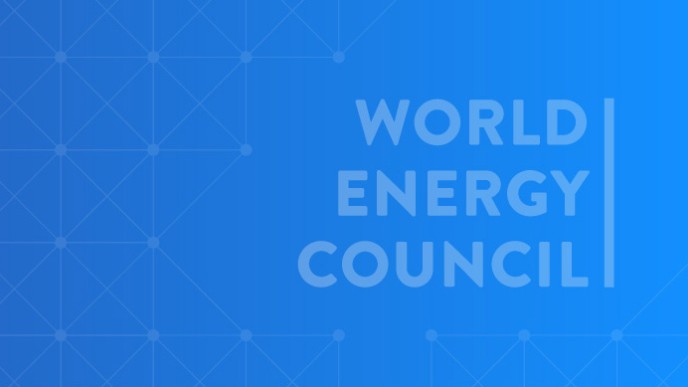How to achieve resilience in energy systems in the age of Covid-19
More connected and diverse energy systems are key to improved future health outcomes
This article was originally published on 26 January 2021 in The National
Written by: Dr. Angela Wilkinson, Secretary General and CEO, World Energy Council
The brutal shock of Covid-19 and the global health emergency it prompted has left deep scars on societies, and has unevenly affected communities, industries and economies across the world.
It has also prompted a sharp shift in our understanding of resilience. While resilience has many meanings and interpretations, the resilience of communities, societies and organisations to new and different types of future energy shock is moving up the agenda.
Preparedness for a next energy shock – whether triggered by impacts of global climate change, social unrest, global water stress or cyber security failures – involves thinking the unthinkable and learning with futures rather than waiting until we are in crisis to act.
Organisations stress test their level of resilience by rehearsing actions using a set of alternative futures, or scenarios as they are called, which describe what might happen, not what should or will happen next.
Recently, at Abu Dhabi Sustainability Week, I offered my thoughts on national resilience in the context of Covid-19, and whether any lessons from dealing with the pandemic that apply to building and adapting existing national energy resilience strategies and systems have been learnt?
Despite the challenges, I believe, more connected and diverse energy systems are key to improved health outcomes in the future. And widespread agreement that energy systems are critical infrastructure, the backbone of every nation, is crucial.
They are a system of diverse parts and functions, which include dynamic interactions between people and machines. Energy is the ultimate connector – a systems of systems – which connects diverse uses and provides multiple functions of heat, power, storage and fuel.
The resilience of national grid-based electricity generation systems has been tested and the impact on other parts of the energy system, in particular, wider sectors that use energy, have exposed new vulnerabilities. This is promoting new thinking in extending energy systems resilience beyond critical infrastructure to include people, skills and supply chains. In many countries, the gap between those that have access to clean, affordable, reliable energy and those that do not has widened and exacerbated the effects of the pandemic.
We are operating in an era of energy for people and planet, but too often this vital connection can become detached, as has happened since the beginning of the pandemic. Reducing greenhouse gas emissions is an essential goal – but it cannot be achieved without addressing how societies can manage the full costs of a faster-paced transition, or at the expense of the energy needs of the billions of underprivileged people around the world. Access to modern energy is easily taken for granted and questions of affordability, access to digital energy services and financial sustainability risk can be overlooked.
Household energy debt, fuel poverty and defaults on bill payments are in evidence everywhere. As we light, heat or cool our homes, let us all remember that hundreds of millions of people continue to live without access to electricity and billions more lack energy for clean cooking, heating and better livelihoods. My concern is that we seem to be betting on new energy generation technologies, many of which are in their infancy, with little thought about our future energy needs and uses.
Being pragmatic and considering how the crisis you expect and prepare for might ultimately turn out is a second key lesson learned. There appears to be a belief that capital market investment alone can be the silver bullet in rebuilding national energy resilience and preparing for future pandemic-related shocks. A new post-crisis context of affordability, debt and social justice has created a pivotal moment to refocus attention on the opportunity to recognise there is ‘no one size fits all’ and that countries, companies and communities can learn faster from each other.
We owe it to ourselves to open a more courageous and honest conversation about how we help societies manage and better address the unintended consequences of a faster-paced energy transition post-Covid-19. Debates about technology cost curves or the price of carbon are not necessarily the right place to start the discourse.
We also need to address uncertainties about new energy uses and shifting demand, and be inspired by new possibilities for human progress. In short, a more comprehensive and nuanced narrative is urgently needed in 2021. It should enable a better-quality discussion on the challenges of securing more energy and climate neutrality to nullify the impacts of any future pandemic, and improve the lives and livelihoods of billions more people. Especially girls and women who, I believe, will be left behind if better energy for all is not achieved. This means women in the board room and women as key stakeholders, as buyers and users of energy.
I am concerned that discussions on the energy transition, responses to Covid-19 and energy resiliency continue to neglect the social energy agenda and the context of energy affordability. Energy literacy is poor among many decision makers and the conversation must look beyond peak demand for oil or coal, or even carbon – to anticipate new energy users, uses and shifting demand.





